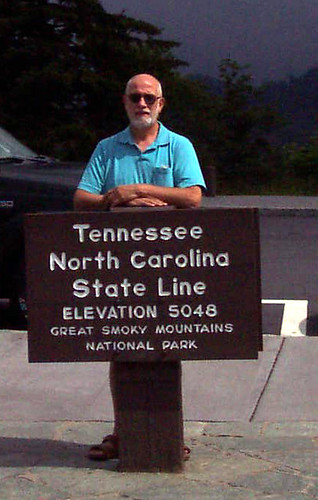I'm traveling with my sister Peg and her husband, Mike Butler. We visited their daughter, Michelle and her husband Joe in Delaware for a few days. Joe, a native of Philadelphia, offered a guided tour of his hometown. We spent an exciting, exhausting, heat filled day seeing the historic sites and eating at Joe's favorite restaurant.
We started by getting tickets to Independence Hall, and Dolly Madison's home at the visitor center. We got the first tour are of Independence Hall where the electricity had failed and the air-conditioning was off. I particularly enjoyed the room where the Constitution was written. I had seen innumerable pictures of the room and of the painting, which was later completed, but it was still a thrill to see the real room. Somehow, I had never known that the delegates were seated in the room geographically starting with New Hampshire. In one corner and ending with Georgia in the other.
The visit to the Dolly Madison home went mostly as expected.One interesting fact came to light.we noticed that the kitchen was a very small. The guide, responding to our questions, told us that most of the city households did not do their own cooking. Rather, there were bakeries where they would buy their bread, bring pots of beans to be baked, and other such edibles. This was a real surprise to me. I guess I never heard about the city life, as opposed to rural life.
We also visited the Bishop White house which was built by an upper class man, who was the first Episcopal Bishop of Philadelphia. The house was lavish, compared to Dolly Madison's and the contrast was instructive.
We took a walking tour of the historic downtown section of Philadelphia, seeing Carpenters Hall (a very early union hall), the first and second national Banks, had lunch at city Tavern (built in 1774), and ended at the Constitution Center. They are, we saw a film on the Constitution saw historic documents, and what fascinated me the most out of room on all the prawns s
While in Delaware, I visited the Hagley Museum. It is the home of the first DuPont to come over from France, and he was trained in France to make gunpowder and in 1804, he was urged by then President Jefferson to apply this knowledge and make gunpowder for the fledgling United States. He bought land along the Brandywine River in Delaware and established a gunpowder mill. I was fascinated by the way waterpower. Once you lose to to combine the three parts of gunpowder. It is not a chemical process, but a physical one way or the three components are mixed union that specific portions. And then sort of ground together into a fine fine powder. Each part of which must have all three elements in direct proportion to waterpower issue is to turn large cast iron wheels inside a bowl shaped container into which the rough mixture is dumped. The slightest spark will set off an explosion, which makes this a very dangerous occupation. We were told that the house, which set high on a hill above the river. Directly behind the mail had suffered 28 explosions or so. A special set of wooden railroad rails were made to carry the gunpowder after it was mixed. From these mails to the area where it was packaged. The wife and daughters of the original DuPont made the sax into which the gunpowder was placed. Some two or three generations later, the DuPont's got into chemical manufacturing.
The rest of the pics are here.

No comments:
Post a Comment